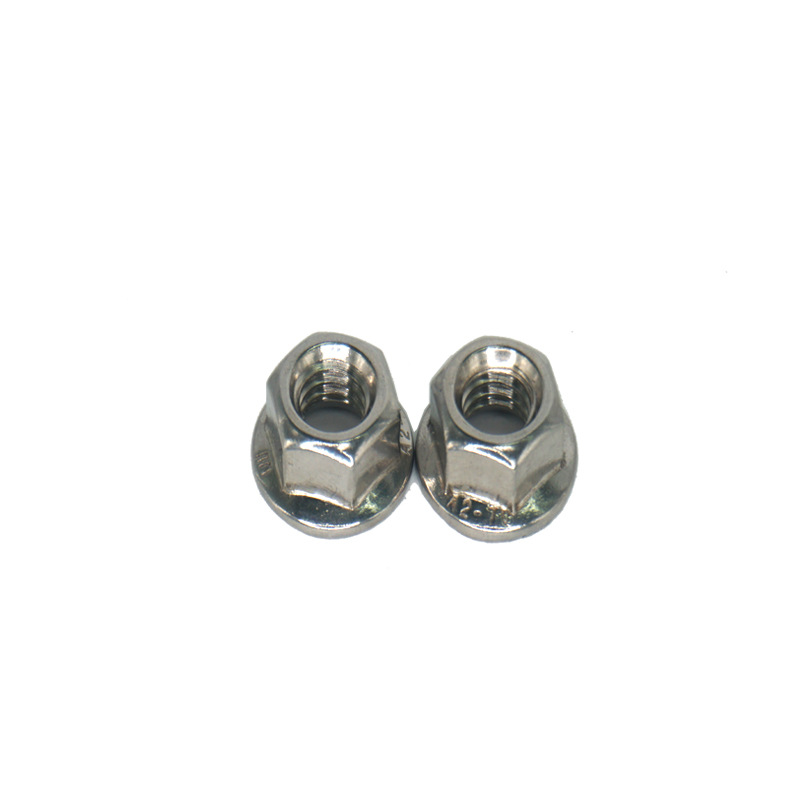

self drilling self tapping screws
Nov . 05, 2024 19:01 Back to list
self drilling self tapping screws
Self-Drilling and Self-Tapping Screws An Overview
Screws are fundamental fasteners in construction and manufacturing, essential for providing strength and stability in various applications. Among the myriad types of screws, self-drilling and self-tapping screws have gained significant popularity due to their efficiency and ease of use. This article delves into the characteristics, applications, and advantages of self-drilling and self-tapping screws.
Understanding Self-Drilling Screws
Self-drilling screws, often referred to as Tek screws, feature a drill bit-like tip that allows them to bore into materials without the need for a pre-drilled hole. This unique design makes them ideal for applications where access to a drill might be limited or where speed is of the essence. Self-drilling screws are commonly used in metal-to-metal applications, such as attaching metal roofing, siding, or frames. Their ability to create their own hole means that they can be driven straight into materials like steel or aluminum, streamlining various construction tasks.
Overview of Self-Tapping Screws
Self-tapping screws, on the other hand, are designed to create their own thread as they are driven into a pre-drilled or, in some cases, an unprepared hole. The tip of a self-tapping screw is sharper than that of traditional screws, allowing it to penetrate the material and form threads. They are widely used in woodworking, plastic assembly, and light-gauge metal applications. While self-tapping screws can be used in conjunction with a pre-drilled hole, they also perform effectively in softer materials, where they can create new threads.
Key Differences
While self-drilling and self-tapping screws are sometimes confused due to their similar functions, the primary distinction lies in their design and application. Self-drilling screws eliminate the need for pre-drilling since they can penetrate and create holes simultaneously. In contrast, self-tapping screws may require an initial hole, particularly in tougher materials, to ensure efficient threading. Understanding these differences is crucial when selecting the appropriate screw for a project.
Advantages of Self-Drilling and Self-Tapping Screws
self drilling self tapping screws

Both self-drilling and self-tapping screws offer various advantages that make them appealing to builders and manufacturers.
1. Time-Saving The ability to drill and tap in one step accelerates the assembly process, saving valuable time on construction sites.
2. Cost-Effectiveness By eliminating the need for additional tools (like drills), these screws reduce overall project costs and labor intensity.
3. Versatility Available in different sizes and materials, these screws can be used in numerous applications ranging from roofing and metal framing to furniture assembly.
4. Strong Hold Both screw types offer a robust hold, ensuring parts remain securely fastened under various conditions.
5. Reduced Risk of Damage Their design minimizes the risk of splitting materials, particularly in wood applications for self-tapping screws.
Conclusion
In conclusion, self-drilling and self-tapping screws play an integral role in modern construction and manufacturing. Understanding their distinct features, applications, and advantages allows builders and engineers to choose the right fastener for their projects. As industries continue to evolve, the efficiency and effectiveness of these screws will likely become even more critical in meeting the demands of contemporary building practices. Embracing the benefits of these fasteners can lead to improved project outcomes, streamlined operations, and ultimately, greater satisfaction in both commercial and residential construction.
Latest news
-
Hot Dip Galvanized Bolts-About LongZe|High Strength, Corrosion Resistance
NewsJul.30,2025
-
High-Strength Hot Dip Galvanized Bolts - Hebei Longze | Corrosion Resistance, Customization
NewsJul.30,2025
-
Hot Dip Galvanized Bolts-Hebei Longze|Corrosion Resistance&High Strength
NewsJul.30,2025
-
High-Strength Hot-Dip Galvanized Bolts-Hebei Longze|Corrosion Resistance&High Strength
NewsJul.30,2025
-
Hot Dip Galvanized Bolts-Hebei Longze|Corrosion Resistance&High Strength
NewsJul.30,2025
-
Hot Dip Galvanized Bolts - Hebei Longze | Corrosion Resistance, High Strength
NewsJul.30,2025

